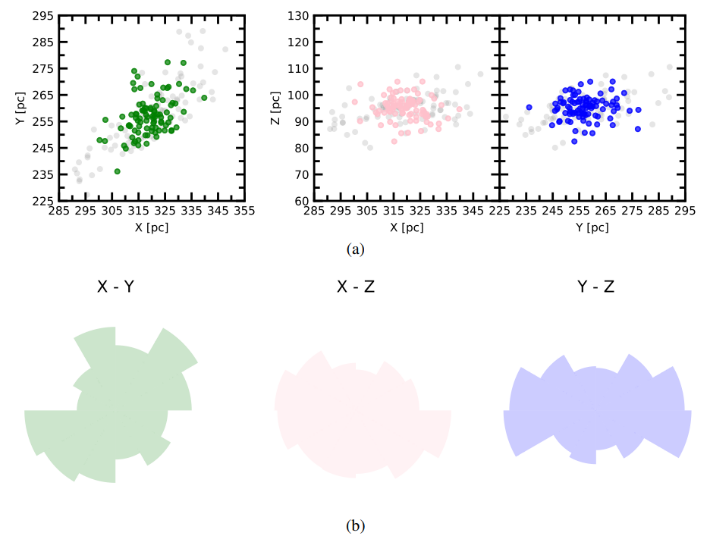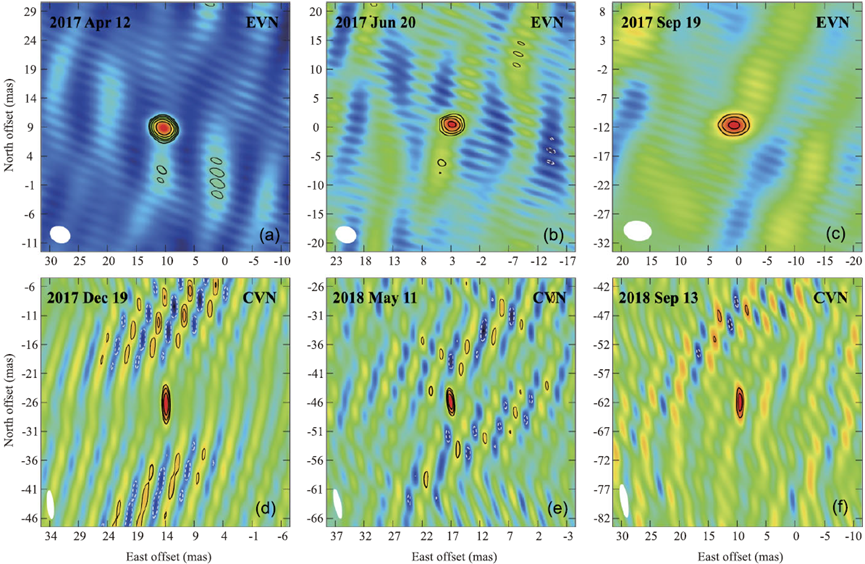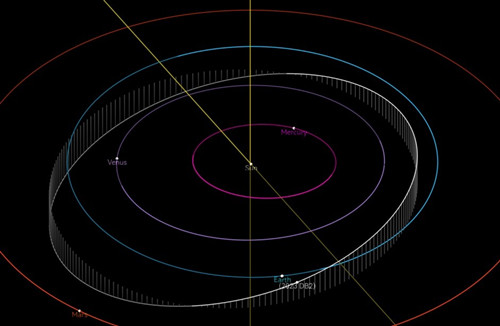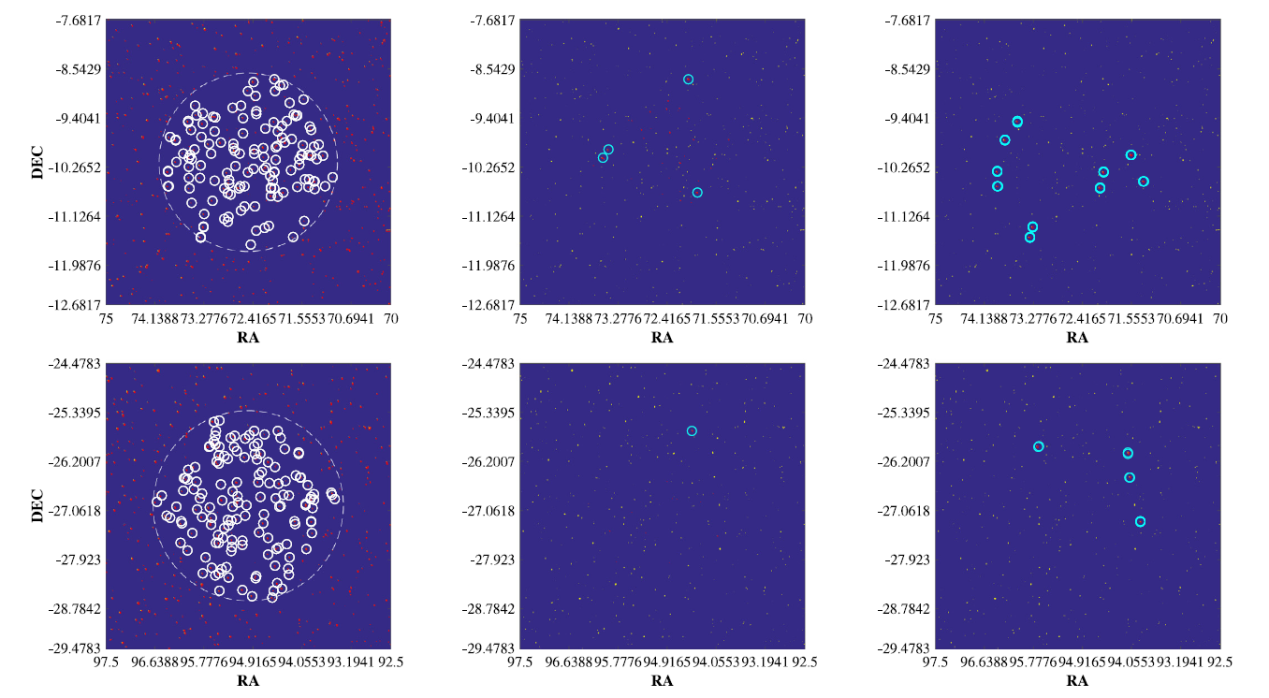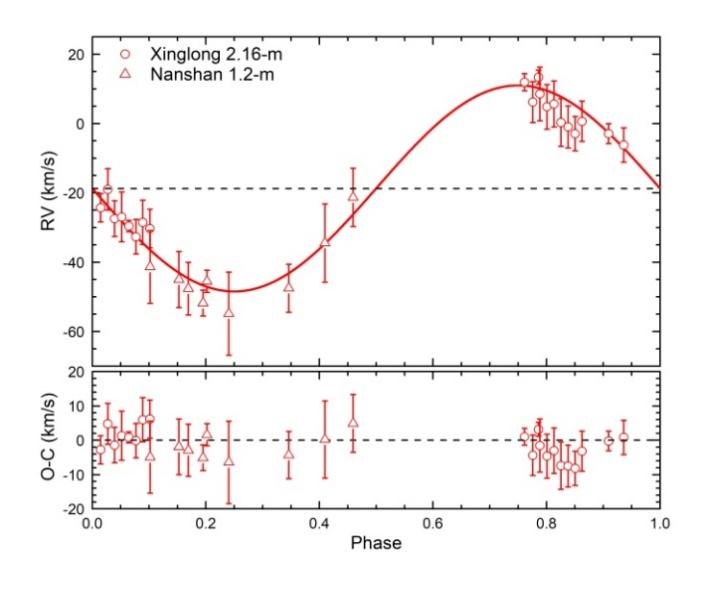Nov 14, 2022
Study reveals nature of single-line spectroscopic binary with δ Scuti pulsating star KIC 10417986
Researchers carried out the time-domain spectroscopic observation of KIC 10417986 with the Nanshan 1.2-m Optical Telescope and Xinglong 2.16-m Telescope. They obtained the orbital parameters and stellar parameters of the binary system fo...Binary systems are ideal for accurately identifying the basic physical parameters, such as mass, radius and luminosity, of the stars. In particular, pulsating variable stars are of great significance, as they offer means for detecting th...


